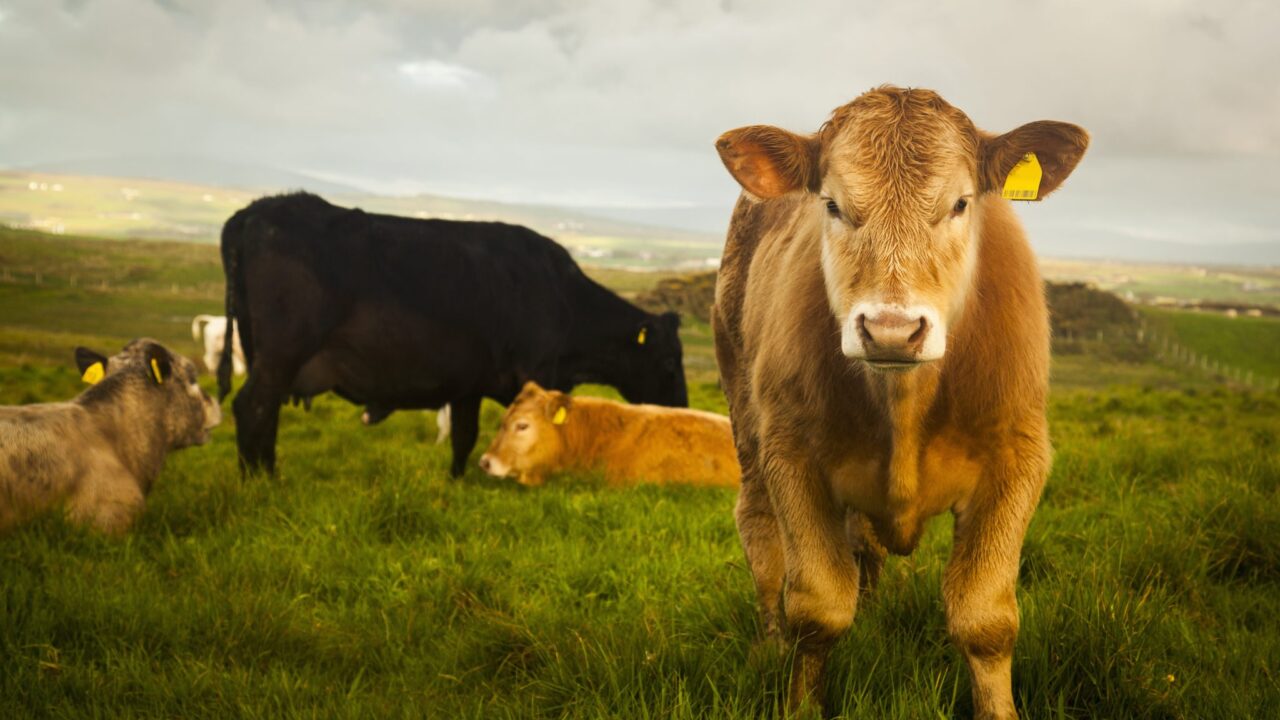Wavering consumer demand in response to steep price inflation ‘may limit upward movement’ in UK cattle prices, according to the Agricultural and Horticultural Development Board (AHDB).
Latest market analysis by AHDB suggests that despite some growth in young stock populations, the supply tightness that has characterised the UK’s beef market throughout 2025 “is likely to continue for the near future”.
It has highlighted that in particular there is “ongoing tightness in the immediate pipeline of cattle aged 12-30 months”.
Recent figures show that by July 1 of this year, the GB beef breeding herd – females over 30 months-of-age – had declined by 3% year-on-year to 1.2 million head.
The number of cattle available for beef production aged 12-30 months was down by 3% year-on-year, indicating that supply tightness will continue into the medium-term.
This, according to AHDB, is “consistent with the long-term contraction” that has been evident over the past decade.
However, at the same time the GB dairy breeding herd stood unchanged on the year at 1.4 million head.
This is primarily attributed to strong milk prices and a favourable feed to milk price ratio which is “encouraging producers to maintain cow numbers”.

Cattle
According to AHDB, there have been year-on-year increases in the number of cattle destined for the beef production system under 12 months-of-age.
Its figures suggest there has been a 1.6% increase (19,000 head) in cattle from 0-6 months-of-age and a 3.7% (25,000 head) increase in cattle from 6-12 months-of-age.
However this comparison is based against a smaller year in 2024.
Compared back to the herd profile of July 2023, the number of cattle for beef from 0-6 months-of-age is actually down by 2% in 2025.
But AHDB believes that recent record high beef prices, and lower feed costs may have encouraged greater calf registrations causing a rise in numbers in the 0–12-months-of-age category.

